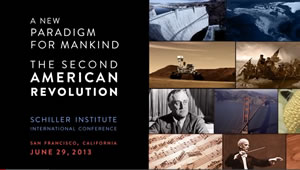 |
NEW WEBSITE: FORUM FOR A NEW PARADIGM
Australia—Free of the British Empire!
by Robert Barwick
June 2013
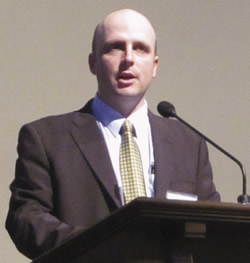
EIRNS/Daniel Platt
Robert Barwick. |
[This transcript in PDF format, from EIR]
Robert Barwick, member of the Executive Committee, Citizens Electoral Council (CEC), Australia, gave this presentation to the Schiller Institute conference.
Good afternoon. I bring you warm greetings from Australia, even though in our Southern Hemisphere it’s the dead of Winter right now. But it’s politically hot.
I would like to present to you the strategic vision of the Citizens Electoral Council of Australia, which is the LaRouche movement in our nation. Our vision is one of vast, physical-economic development, premised upon national banking and a public credit system. We intend to play our part internationally to defeat the genocide policies and war threats coming from the financial oligarchy, which Australians for over a century have called “the Money Power.” That financial oligarchy is based in the City of London and centered on the British Crown—and the wearer of that crown, the Queen of England, happens to be our official head of state.
A new paradigm for the survival of mankind requires a process of continuous creative breakthroughs. We know from the history of science, that creative breakthroughs are made by confronting an existential paradox, and can also be prompted by grappling with an anomaly.
Australia is a nation-continent of anomalies, as Lyndon LaRouche famously said in 2003. He noted that in Australia you can find mammals that lay eggs! He talked about our paradoxical relations with the British Empire, and about the challenge of populating our nearly empty continent, including through immigration from Asia. He appealed to us (and this goes right to the heart of what I’ll present to you today); he said: “You have large deserts—it’s an opportunity! Look at all that land you can turn into fertile land, by irrigation and development.” LaRouche summed up: “You know, in life generally, it is always the eccentricities, the anomalies, that are interesting, and Australia is an anomaly.”
Indeed, our nation of Australia presents anomalies at all three levels of terrestrial existence, defined by Vladimir Vernadsky.
• First, in the non-living domain, or the lithosphere, Australia has six out of the 16 largest known impact craters on Earth. (So, for sure, the Russian proposal that the early-warning network for the Strategic Defense of Earth include greatly expanded monitoring in the Southern Hemisphere, is dead on!)
|
FIGURE 1
|
The likelihood that there was another, even larger impact, over 500 million years ago, is still being studied (Figure 1). It’s called the Massive Australian Precambrian/Cambrian Impact Structure, and it may have been a decisive event for the shift out of the Pre-Cambrian era and into the intensive development of life on Earth.
|
FIGURE 2
Australia ‘in’ Siberia 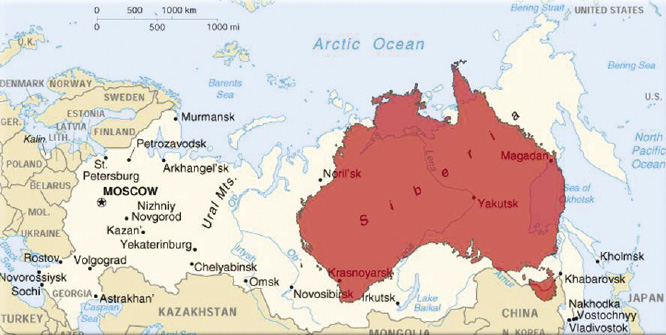 |
As a result of these impacts and other factors, Australia is similar to Siberia—not only in size, but in the quantity and quality of minerals beneath our soil (Figure 2). Among these are huge resources for the nuclear power industry: the world’s largest reserves of uranium; and it’s one of the world’s top three countries in reserves of thorium, a crucial fuel for fourth-generation nuclear reactors.
Though blessed with these resources, Australia also has geophysical extremes, such as the second-largest expanse of desert on the planet after the Sahara.
• In the domain of living matter, the biosphere, we have more anomalies.
Our weather extremes are closely related to the biosphere, as you can see in the stark contrast between the desert and semi-arid “Outback” areas of the continent, and the rain forests of Queensland in the northeast, shown in Figure 3, in terms of annual rainfall.
|
FIGURE 3
Rainfall in Australia
|
Our most famous biospheric anomaly, of course, is the prevalence of marsupials, which developed over the millions of years of Australia’s separation from other land masses. (Not to mention the monotremes—egg-laying mammals like the duck-billed platypus, that Lyn alluded to.) These are all fruitful subjects for scientific study.
• In the cognitive domain, the noösphere, we have evidence of a thrilling history of the settlement of Australia by early sea-faring peoples, by astro-navigators, well over 20,000 years ago.
And, we also have the greatest anomaly of all. Modern Australia was founded in 1788 as a prison colony and an outpost of the British Empire in the Pacific.
Yet, many of the Irish, Scots, and English people, sent out to Australia by the boatload, were political prisoners who had agitated for American-style revolutions within the British Isles. And Australia went on to create a full-fledged Hamiltonian national bank, the Commonwealth Bank, founded in 1911. During the 20th Century, this bank funded some of our greatest development projects, and the building of a world-class machine-tool industry during World War II.
Today, we live in the belly of the British Empire, and yet the CEC is a vigorous and growing wing of the LaRouche movement. Reviving Australia’s American System traditions, we intend to develop and populate the vast expanses of our continent, a process that will contribute decisively to the future of the entire, densely populated Pacific Rim growth area.
The measure of the success of new ideas is provided by LaRouche’s science of physical economy. That measure is the increase of potential relative population density.
|
FIGURE 4
Population Density (2000) 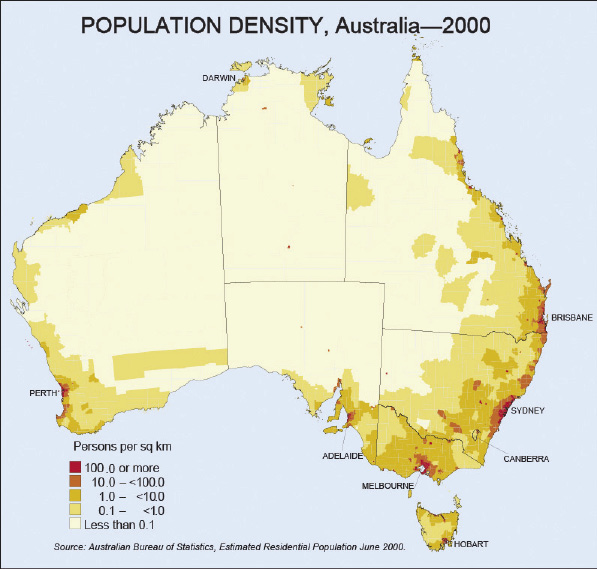 |
Looking at absolute population density (Figure 4), you can see that Australia, with only 3 people per square kilometer (23 million people on 7.6 million km2), is the perfect object-lesson for the new paradigm. By comparison, the current population density of the USA, including Alaska, is 32 people per km2; for California, it’s 89 people per km2.
The first American Revolution meant doing the impossible, by defeating the British Empire, and the supposedly impossible settlement and development of the North American continent beyond the Blue Ridge. Today in Australia, the next revolution again means doing the impossible—defeating the British Crown, and moving into the biospheric engineering of an entire continent, to transform Australia from being mostly a desert, into a garden and an industrial powerhouse to benefit our nation and all mankind.
Australia’s Battle for Republicanism
From the outset, with the landing of the First Fleet of political prisoners in 1788, the question for Australians was: Would we establish an American-style republic, or remain slaves of the British Empire? We were supposed to be a slave plantation run by a landed oligarchy, but our patriotic leaders fought to follow in America’s footsteps.
Listen to the ardent early republican, the Rev. Dr. John Dunmore Lang (1799-1878), whom we call the “Benjamin Franklin of Australia,” who fought tirelessly for “freedom and independence for the golden lands of Australia,” as he put it. John Dunmore Lang wrote this about the ideals that animated him and his fellow republicans:
“The feeling of nationality . . . is the gift of God for the welfare and advancement of his creature, man. . . . The spirit of national freedom and independence is one of the most generous and disinterested, as well as one of the loftiest and most ennobling passions of human nature; and when it once animates a people, they become capable of deeds, and sacrifices, and exertions, of which they could never have supposed themselves capable before.”
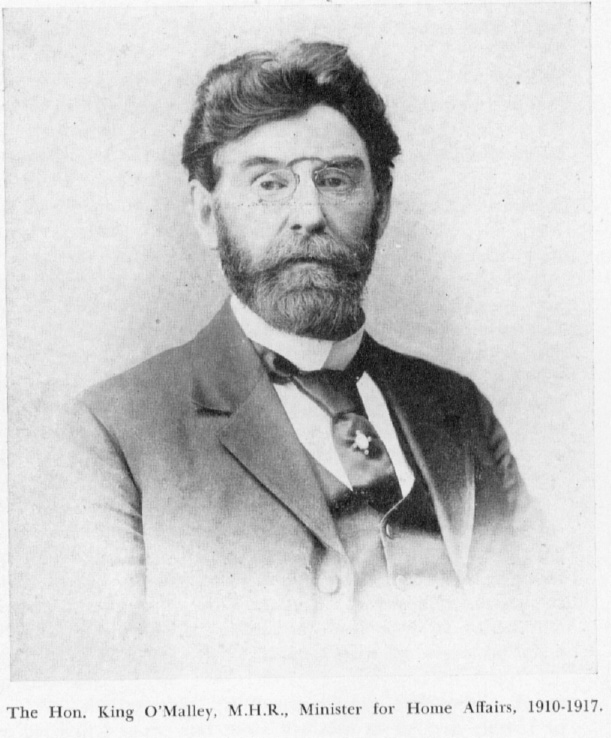 King O’Malley, Minister for Home Affairs, 1910-17 |
In spite of the Crown’s control, republicanism has kept on bursting forth, throughout Australia’s two-century-long history. At the end of the 19th Century, we had the creation of the Australian Labor Party—spelled L-A-B-O-R, American style—and the first Labor Party government in the world. Into this fertile political climate came an American immigrant of Irish extraction named King O’Malley, a follower of Alexander Hamilton and Henry Carey. O’Malley embarked for Australia from here, from San Francisco, in 1888. He dedicated the rest of his life to one goal—national banking. O’Malley was elected to our then-new federal Parliament, where, in 1909, he declared, “I am the Alexander Hamilton of Australia. He was the greatest financial genius who ever walked the earth, and his plans have never been improved upon.” In 1911, O’Malley’s efforts gave birth to Australia’s national bank, the Commonwealth Bank.
During two world wars, the power of national banking was seared into the consciousness of the Australian people. The realities of wartime forced the City of London-based Money Power to hide its opposition to our national bank. Labor Party governments during both wars, especially World War II, were able to direct public credit to the maximum, for the war effort.
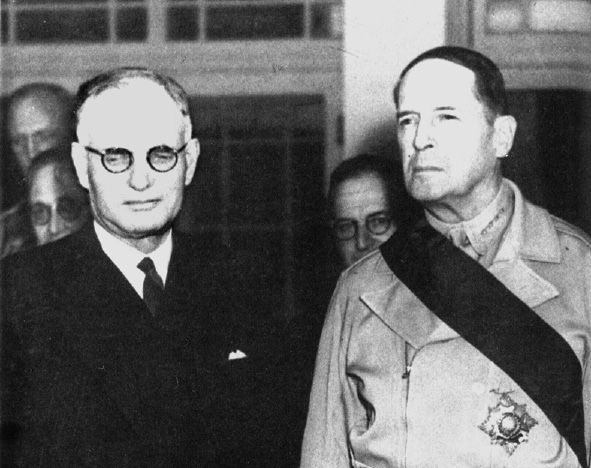 Prime Minister John Curtin and Gen. Douglas MacArthur. |
Just weeks after Pearl Harbor, our Prime Minister John Curtin announced that Australia was breaking with the British Empire and placing its hopes and resources with the America of President Franklin Roosevelt. In just three years, from 1942 to 1945, the national banking and credit policies of Curtin and his Treasury Secretary, Ben Chifley, transformed Australia from an agrarian backwater into an agro-industrial powerhouse, with a world-class machine-tool industry. This was vital to winning the war in the Pacific, under the masterful command of Curtin’s friend and ally, Gen. Douglas MacArthur.
As Prime Minister after Curtin’s death in 1945, Chifley pushed legislation through both houses of Parliament for the full-scale re-establishment of a national bank. His plan was to fund an amazing array of great economic development projects. The Queen’s Privy Council in London overturned that legislation, so that only one of those infrastructure projects was ever built—the Snowy Mountains Hydroelectric Scheme (Figure 5). Started by Chifley in 1947, and completed in 1974, the Snowy transformed Australia, and it is a model for what our nation must now do on an even grander scale.
|
FIGURE 5
Snowy Mountains Scheme
|
In 1967, the American Society of Engineers hailed the Snowy Scheme as “one of the seven engineering wonders” of the modern world. It covers an area of 7,780 km2, with 16 dams, 7 power stations, 145 kilometers of tunnels, and 80 kilometers of viaducts. It diverts the headwaters of the Snowy River and two other rivers, westward across the Australian Alps into the irrigation areas of the Murray and Murrumbidgee rivers, thus creating one of the most productive irrigated areas in the world, the Murray-Darling Basin.
The Snowy Scheme was truly a joint Australian-American project. The head of the Snowy Scheme, New Zealand-born engineer William Hudson, sent a dozen young Australian engineers to the USA to be trained by those in the U.S. Reclamation Bureau who had designed and built the Tennessee Valley Authority and the great Hoover and Grand Coulee dams. Early stages of the project were designed here, in America.
Returning to Australia under Hudson’s inspiring leadership, these young engineers deployed a workforce of 33 different nationalities, drawn from displaced-persons camps all over war-torn Europe. The engineering marvel was completed on time, under budget, and with many improvements and a greater capacity than specified in its original design.
|
FIGURE 6
New Great Water Projects
|
With indispensable advice and expertise from the late Prof. Lance Endersbee, who had been one of those dozen young engineers sent to America to be trained for the Snowy, the CEC, in 2002, drafted a program of nation-building for Australia. It includes advanced nuclear power, a nationwide maglev rail grid, space exploration (we have an excellent location for launches, being near the equator), high-speed shipping to tie us to the rest of Asia, and, of course, great water projects (Figure 6). We specified 18 water projects, many of which have been largely designed and are ready to go. Five of them are on the scale of the Snowy Scheme, transferring water from rivers in coastal mountain ranges, like the Clarence River in New South Wales on the East Coast, and the Fitzroy River in the West, inland to the arid regions.
|
FIGURE 7
|
One of the most exciting of these projects is the Bradfield Scheme for Watering the Inland. (Figure 7). It was drafted in 1938 by Dr. J.J.C. Bradfield, the engineering genius who built Sydney’s Harbour Bridge. Updated in the 1980s, this brilliant project for biospheric engineering has, like NAWAPA, been gathering dust on the shelf for decades.
The highest rainfall area in Australia is in tropical North Queensland, where warm, moist air from the Pacific Ocean is pushed up sharply by the Great Dividing Range, which runs the length of eastern Australia. The Tully and Herbert rivers, only 123 and 340 kilometers long, respectively, carry this rainfall straight back out to sea. Bradfield proposed a series of dams and tunnels to divert the headwaters of these two rivers through the Great Dividing Range, down into the fertile but dry plains of central Queensland, and eventually into Australia’s inland salt lake, Lake Eyre (Figure 8).
|
FIGURE 8 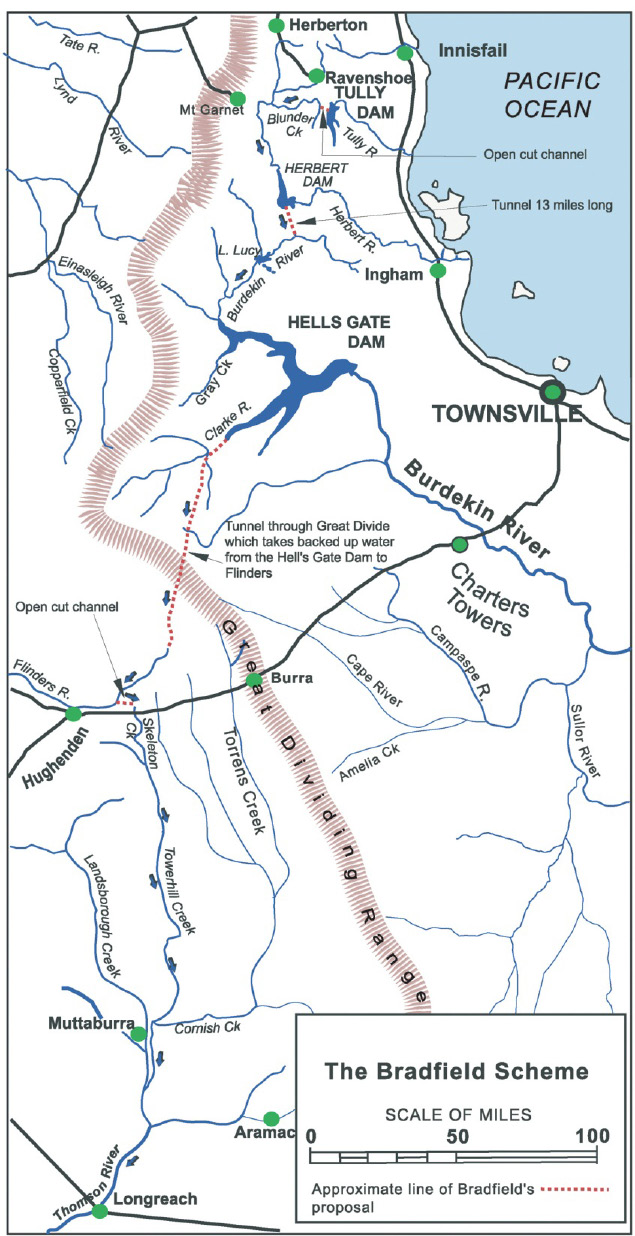 Primary river diversion engineering along the Great Dividing Range. |
The project will reach from the far northeast of Australia, down across the continent to Lake Eyre in south-central Australia—a kind of mirror image of what NAWAPA will do in North America.
Bradfield envisaged not only the diversion of water for irrigation, but the transformation of the now-arid inland climate, through establishing vegetation and an increased permanent cycle of rainfall.
|
FIGURE 9
Container Ports in Asia 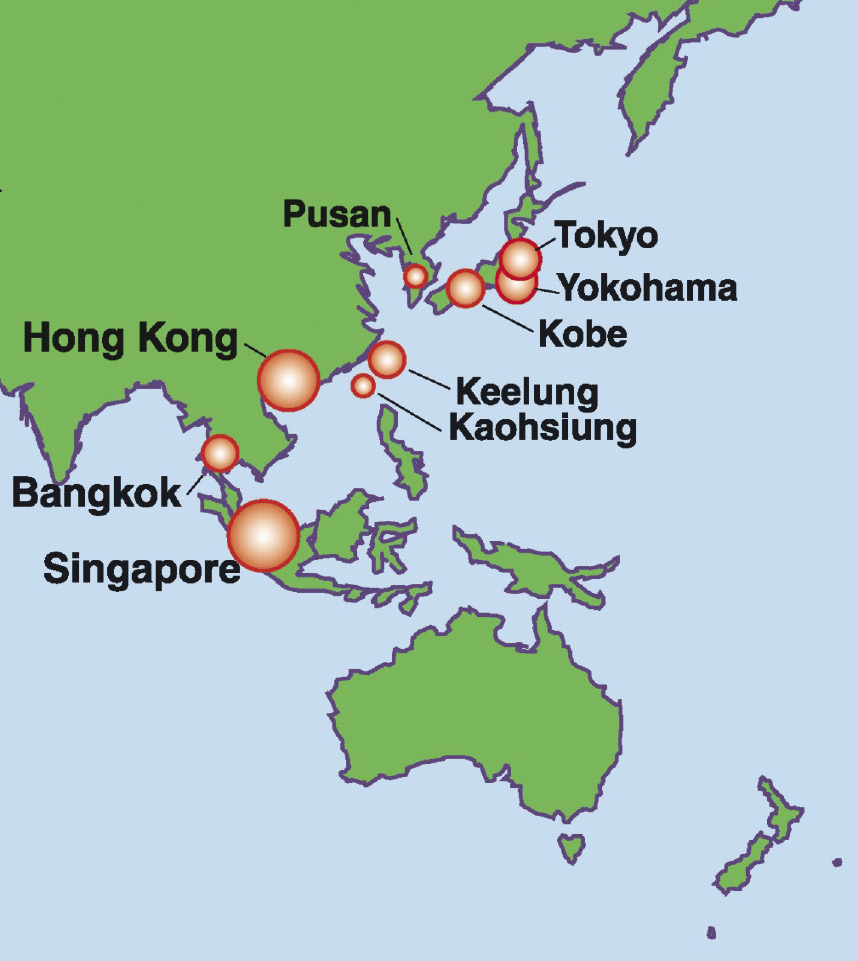 |
He also viewed his engineering scheme as political warfare. In 1941, Bradfield wrote, “Australia needs to adopt a long-range, constructive policy to develop, populate and defend itself. Australia must control her own economic independence, not London. A rejuvenated inland, creating employment and settling a population in comfortable circumstances, would be one part of such a long-range policy. The nation without vision perishes, but the heart and mind of any vigorous people responds to the dreams of its national destiny and will endeavor to make full use of its heritage.” Bradfield called for Australia to have a population of 40 million by 1990, on the way to an eventual population of 90 million or more.
Today, the CEC’s program is to implement the Bradfield Scheme and all these other projects. Doing so will save and expand Australia’s economy as a breadbasket for South and Southeast Asia, and a machine-tool powerhouse for Asian development.
Before his death in 2009, Professor Endersbee devoted many hours to designing a program he called the Asian Express. A high-speed rail grid uniting Australia’s major cities, in combination with a high-speed national shipping line, the Asian Express would place any part of Australia just one to four days from any part of Asia, including the world’s two largest ports, in Singapore and Hong Kong, and many other major ports (Figure 9).
The Queen Must Go!
To achieve these goals, we must defeat the British Crown. That lesson was brought home in 1974, when the Queen sacked our democratically elected Prime Minister, Gough Whitlam, after he and his government announced that they intended to “buy back the farm” from the Queen’s raw materials cartels (companies like Rio Tinto, in which she is the single-largest individual stockholder)—to reclaim control over our nation’s resources, and to build a nationwide scheme of infrastructure.
Without detailing all the evil the Crown has done, headlines from the New Citizen newspaper and CEC pamphlets (Figure 10) illustrate our fight against that evil empire. These were published since we established our national office in Melbourne in 1993, with the help of a core of intrepid LaRouche movement veterans from the United States, some of whom are here today. Most issues of the New Citizen are printed in 250,000 copies or more, an average of more than 1 for every 100 Australians. Our movement has survived and grown for two reasons: because we are animated by the universal principles espoused by Lyndon LaRouche and Helga Zepp-LaRouche, and because we have relentlessly attacked the British Crown ever since 1993.
|
FIGURE 10
|
||
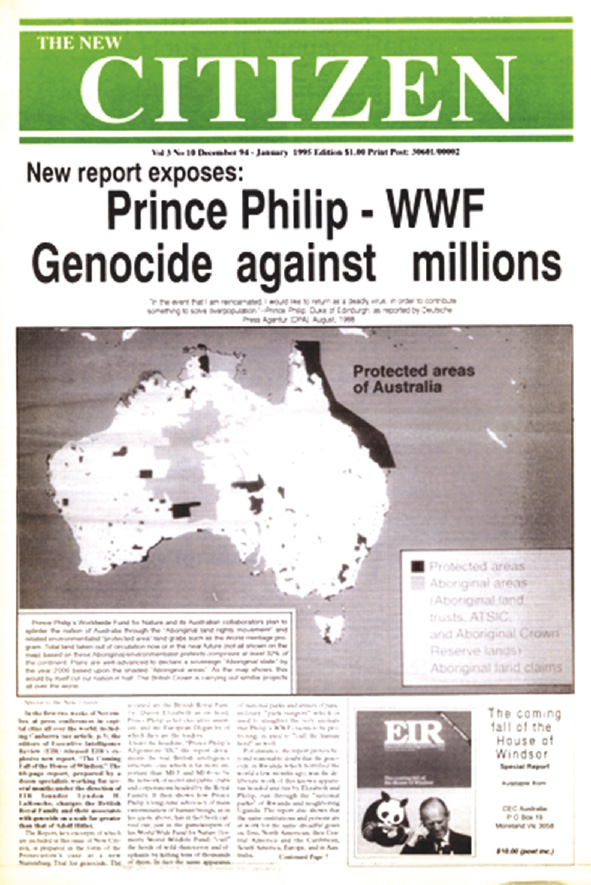 View full size View full size |
||
In 2009, the CEC mobilized on the eve of the Queen’s Copenhagen Conference on Climate Change (Figure 11). Before this paper came out, 60% of Australians thought that climate change was real. After half a million of these papers appeared, the ratio reversed: 60% thought climate change was a hoax. Then-Prime Minister Kevin Rudd, a key global advocate of climate change, lost his job over this (temporarily, as we’ve just seen), as did the head of the Opposition, Malcolm Turnbull, who also toed the Queen’s line at the time.
|
FIGURE 11
|
FIGURE 12
|
A special issue of the New Citizen, published in 2011, went after the core of British imperial policy—Green Fascism (Figure 12). We documented that the worldwide green fascist movement was hatched by the British Crown’s Privy Council following World War II, out of the British Eugenics Society. Queen Elizabeth’s immediate family took a leading role, beginning with her husband Prince Philip, co-founder of the family’s population-reduction charity, the World Wildlife Fund (WWF).
Our exposé documented the targetting of Australia by the Royal Family with their green fascist agenda. In 1963, Philip, on the Queen’s authority, personally ordered the Governor-General’s office in Australia to organize an Australian branch of his WWF, which became the Australian Conservation Foundation. Philip micro-managed the ACF, was its President from 1971 to 1976, ordered the Australian government to fund it, and led it in a vicious campaign to crush hydroelectric development in Tasmania. The world’s first green political party, the United Tasmania Group, was founded in Tasmania in 1972 and influenced Petra Kelly to start Germany’s Green Party.
Today, Prince Philip’s successors in the ACF are campaigning to shut down food production in the Murray-Darling Basin, the agricultural miracle produced by the Snowy Scheme. They especially fear the LaRouche movement, because we are Australia’s greatest champions of development. In 2002, the WWF formed the Wentworth Group of Concerned Scientists, under Hans Joachim Schellnhuber’s buddy Tim Flannery, dedicated to stopping the CEC’s ideas for major water projects.
Four decades of green fascism and British free trade have reduced Australia’s agro-industrial economy to a raw materials quarry. At the same time, the British have expanded their plans for Australia as a strategic outpost. In 1995, Australian academic Katherine West, under British Royal Institute of International Affairs (Chatham House) auspices, presented “Discussion Paper 60: Economic Opportunities for Britain and the Commonwealth.” She identified the British Commonwealth as the core of a new British Empire, which she called “an informal financial empire.” West proposed that Australia be a British “bridgehead into Asia.” Thousands of British corporations now have their Asia-Pacific headquarters in Australia.
This is the setting in which Barack Obama, in 2011, announced the “Asia Pivot,” meaning the Anglo-American imperial targetting of China. Australia’s northernmost city of Darwin has become a base for 2,500 U.S. Marines. The ports of Perth and Brisbane are being upgraded to host the U.S. Navy, and Australia’s extensive electronic eavesdropping and signals intelligence infrastructure is being boosted for a nuclear showdown. Former Prime Minister Malcolm Fraser warned in September 2012 that present U.S. and Australian policy towards China was leading to nuclear war (Figure 13).
In a 2004 issue of the New Citizen, we contrasted a Hamiltonian National Bank to the policies of the international financial oligarchy (Figure 14) highlighting the role of the Bank for International Settlements (BIS) in promoting fascism in the 1930s, including the movement then known as the Synarchy. Based in Switzerland, the BIS was founded by the Bank of England in 1930 to be the “central bank of the world’s central banks.” The looting of Europe by the Nazis, sanctioned and assisted by the BIS, was the forerunner of today’s regime of genocide, being promoted by the same BIS and its Financial Stability Board, through austerity measures and the theft program known as “the bail-in” or “the Cyprus template” (Figure 15).
|
FIGURE 13
|
FIGURE 14
|
|
|
Typical of Australia’s subservience to British finance today, two Australians hold the #2 and #3 positions on the FSB Steering Committee. Right now they are trying to push bail-in powers through the Australian Parliament, which the CEC is presently blowing up in their faces.
We intend to win that fight, so we can implement a national bank and a credit system, to fund the Bradfield Scheme and develop our continent, fulfilling Australia’s special role for Asia and the planet (Figure 16).
Thank you.
|
FIGURE 16
|

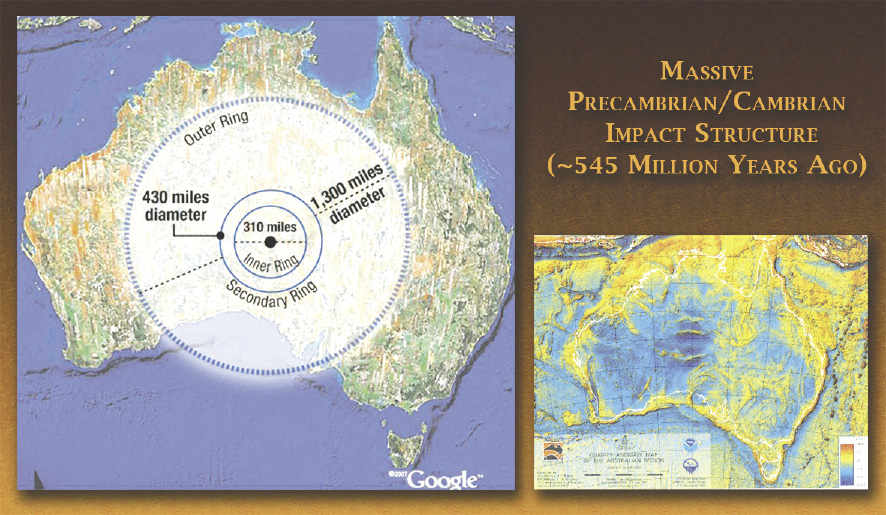 View full size
View full size 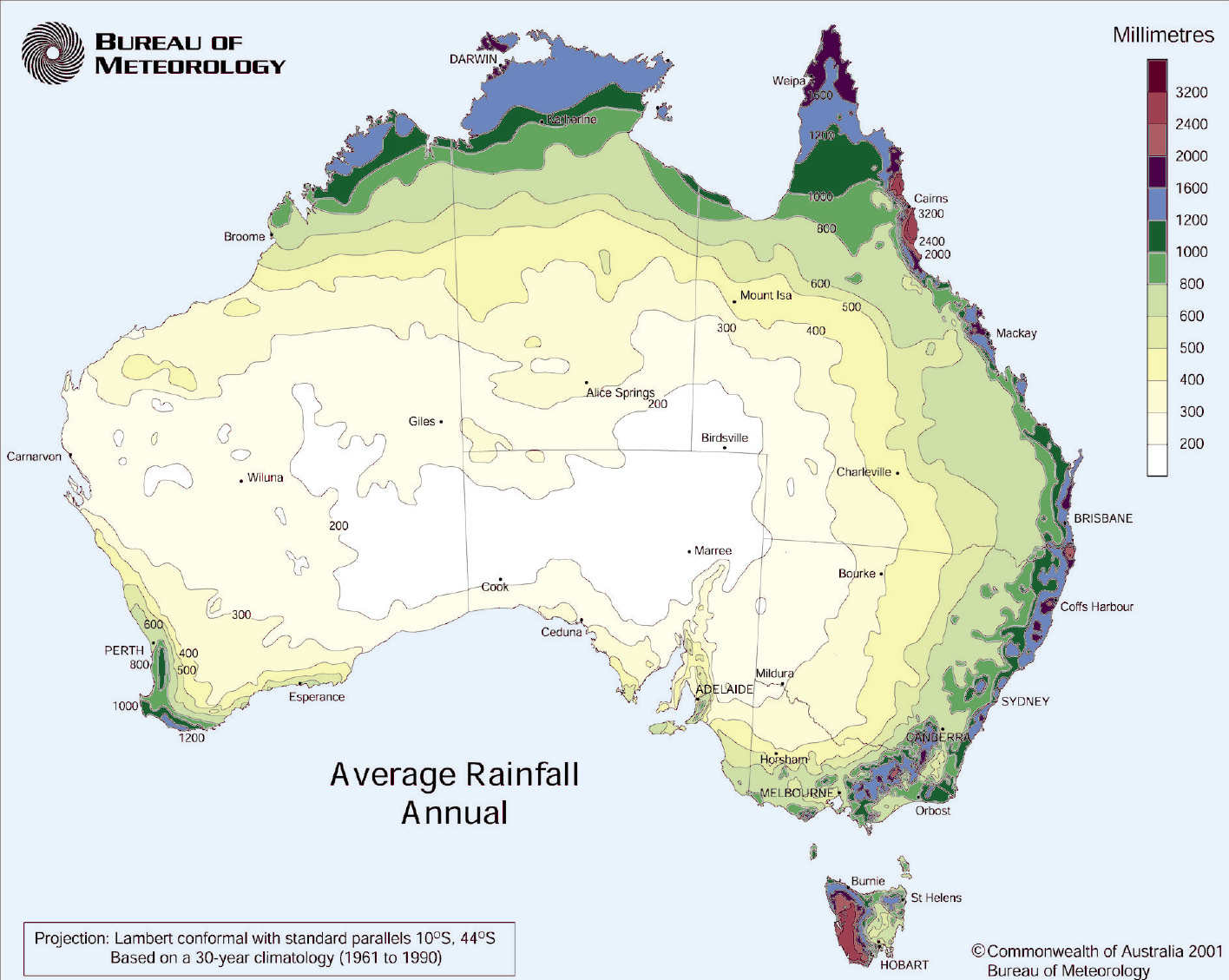 View full size
View full size 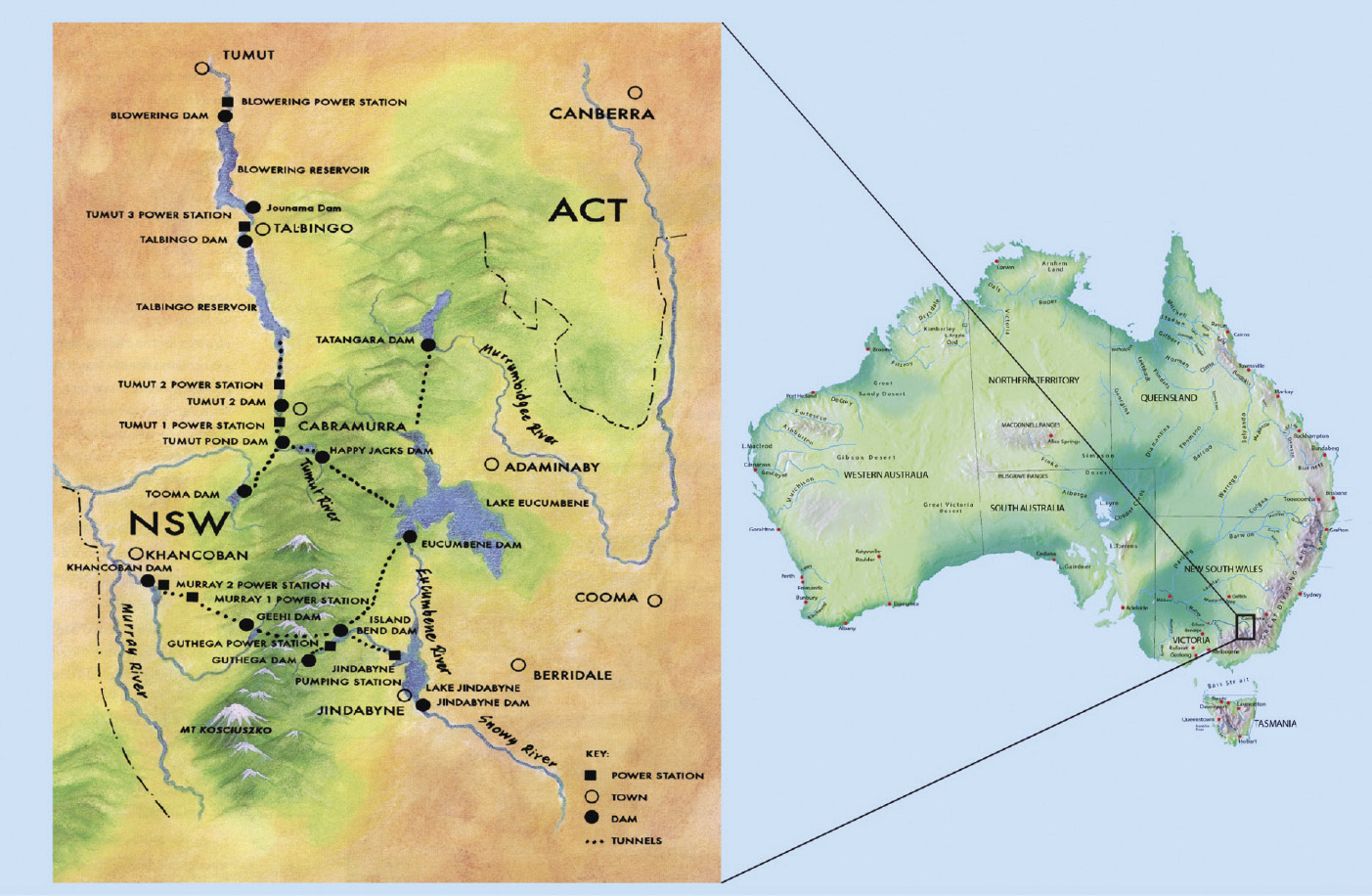 View full size
View full size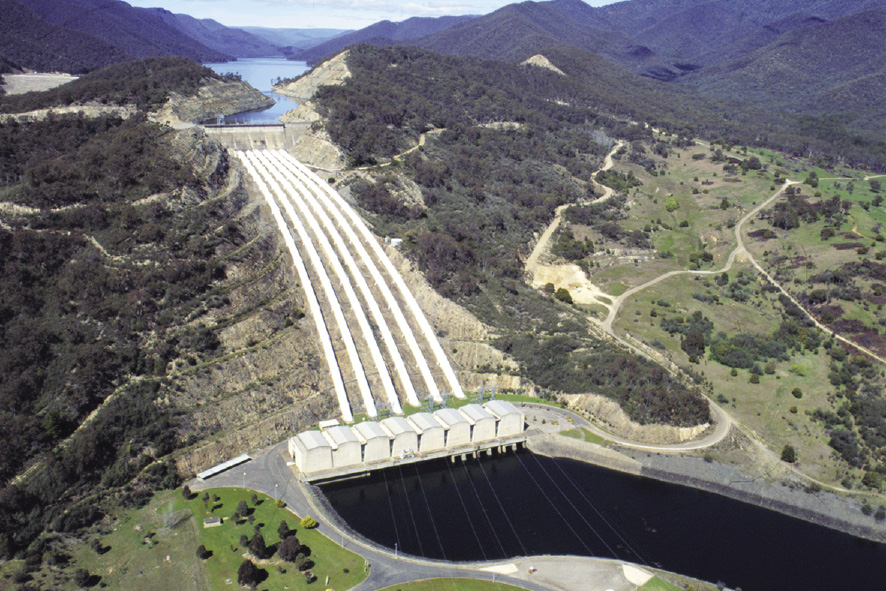 View full size
View full size 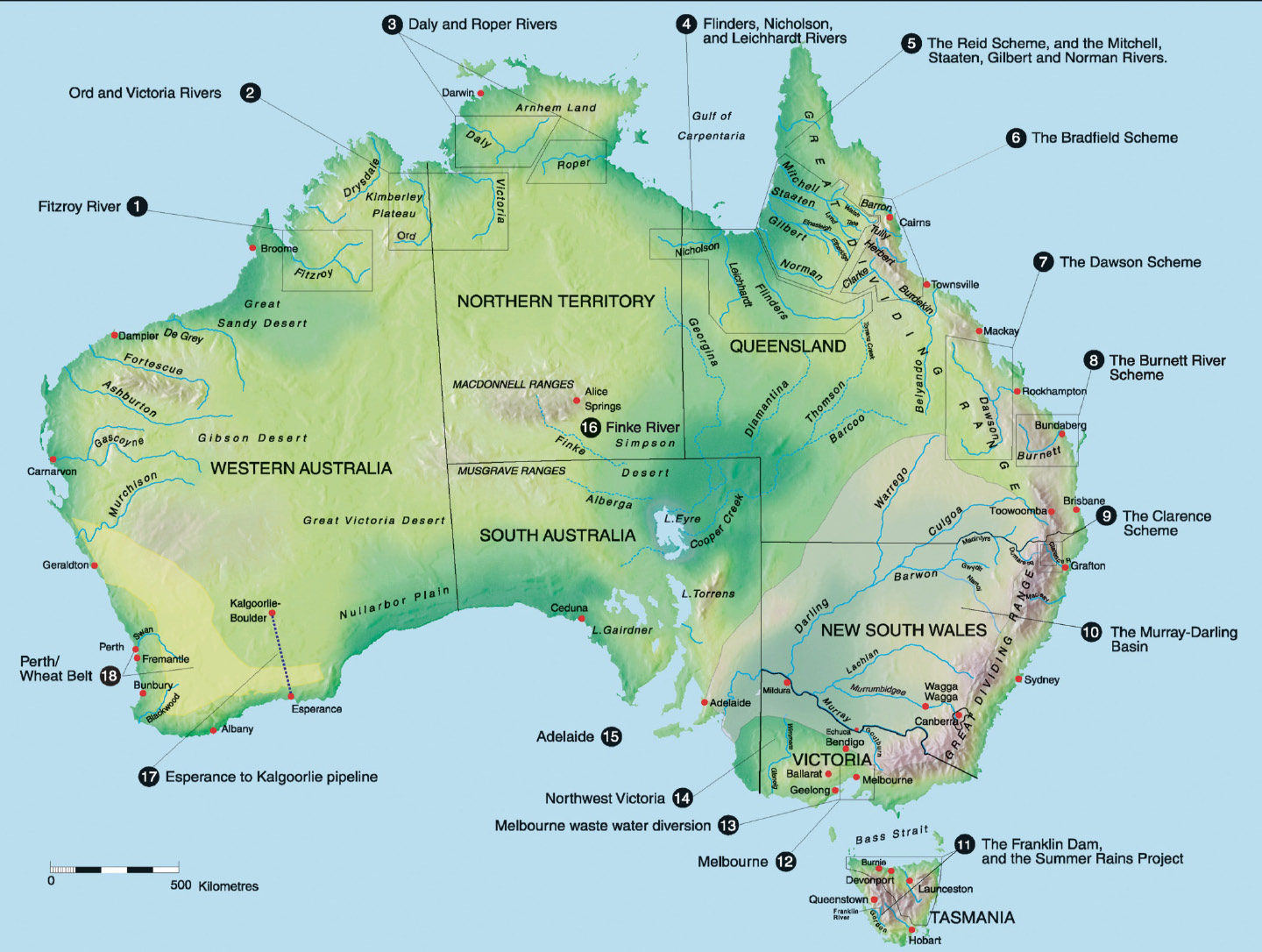 View full size
View full size  View full size
View full size 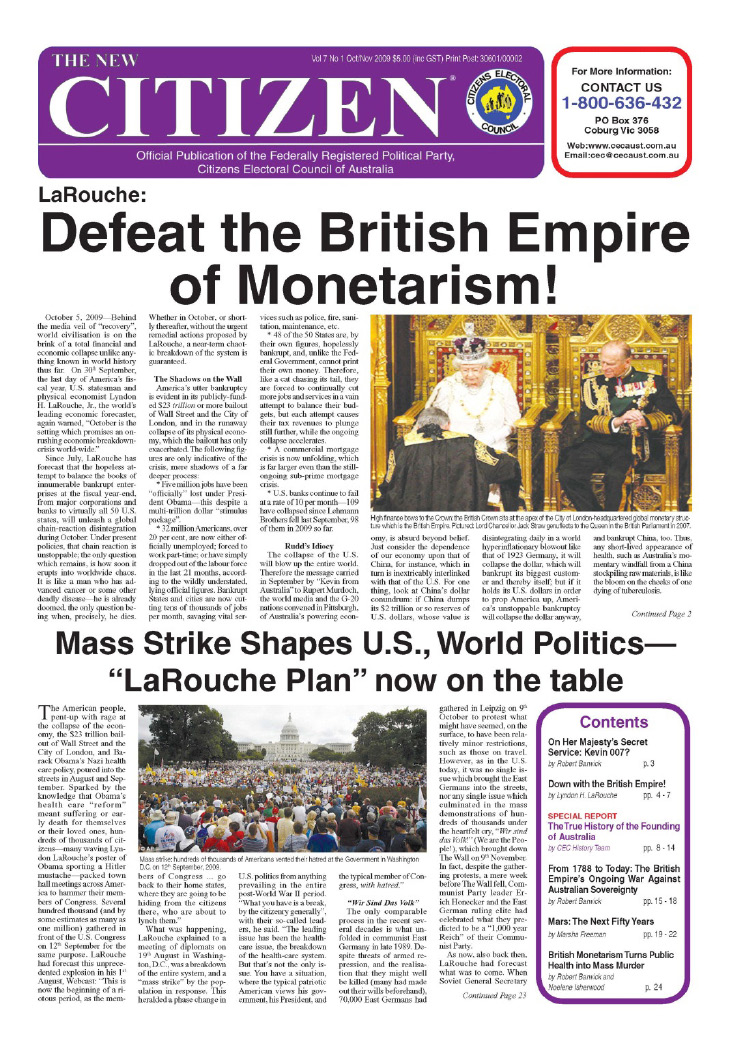 View full size
View full size 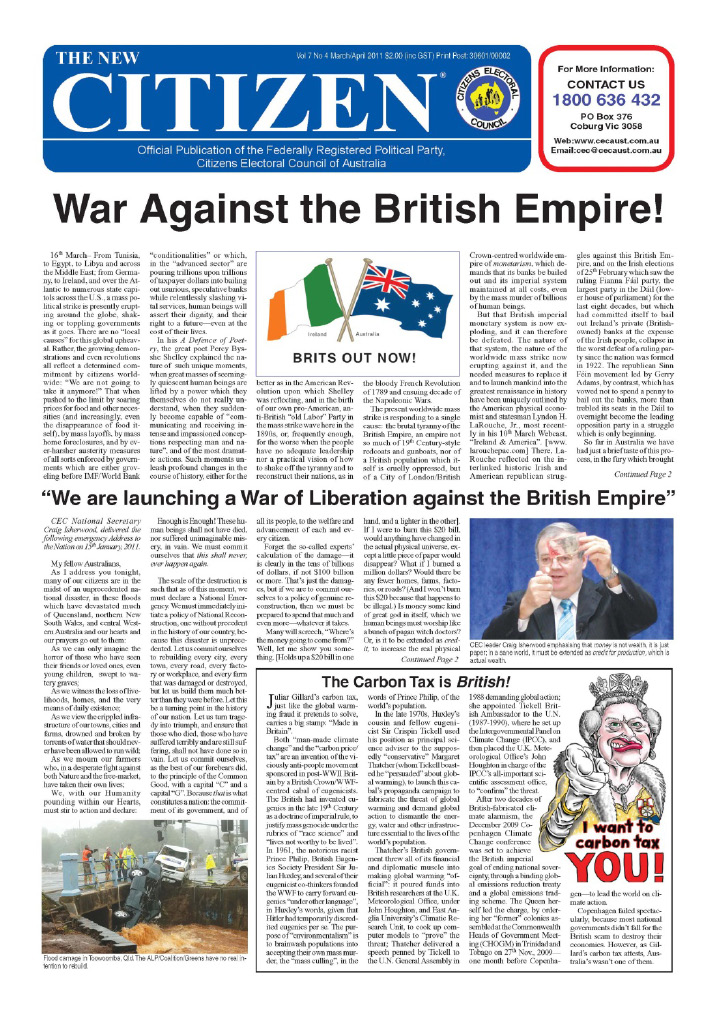 View full size
View full size 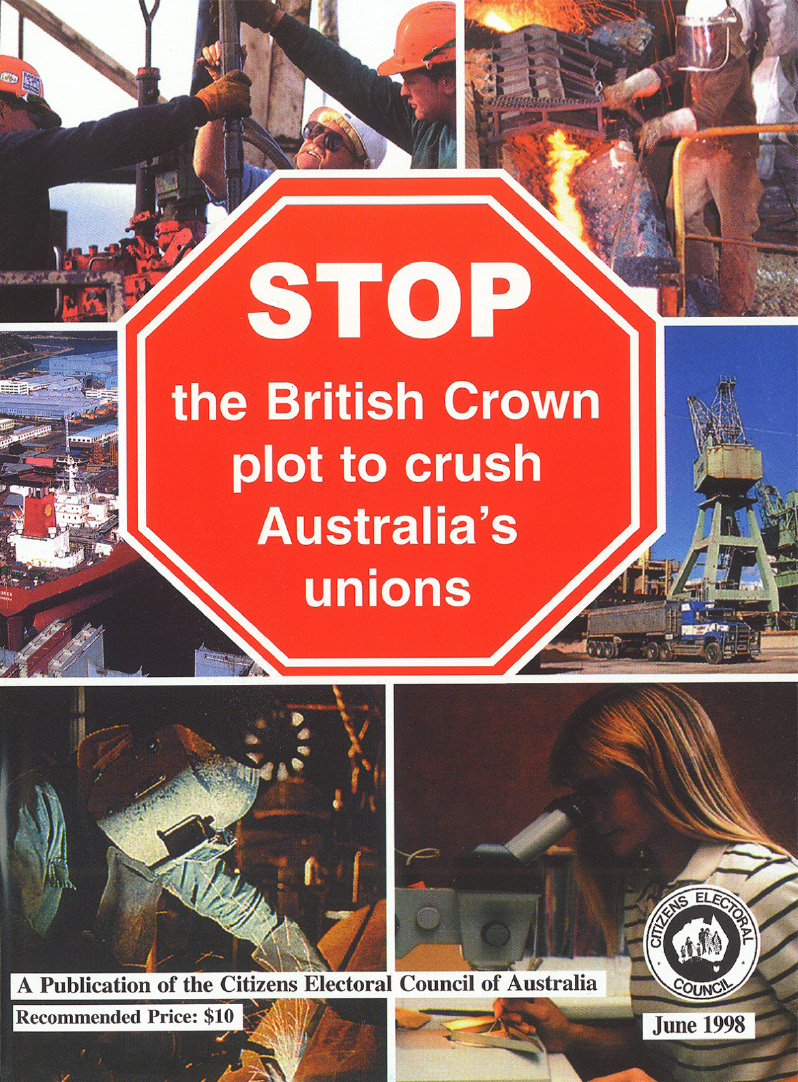 View full size
View full size 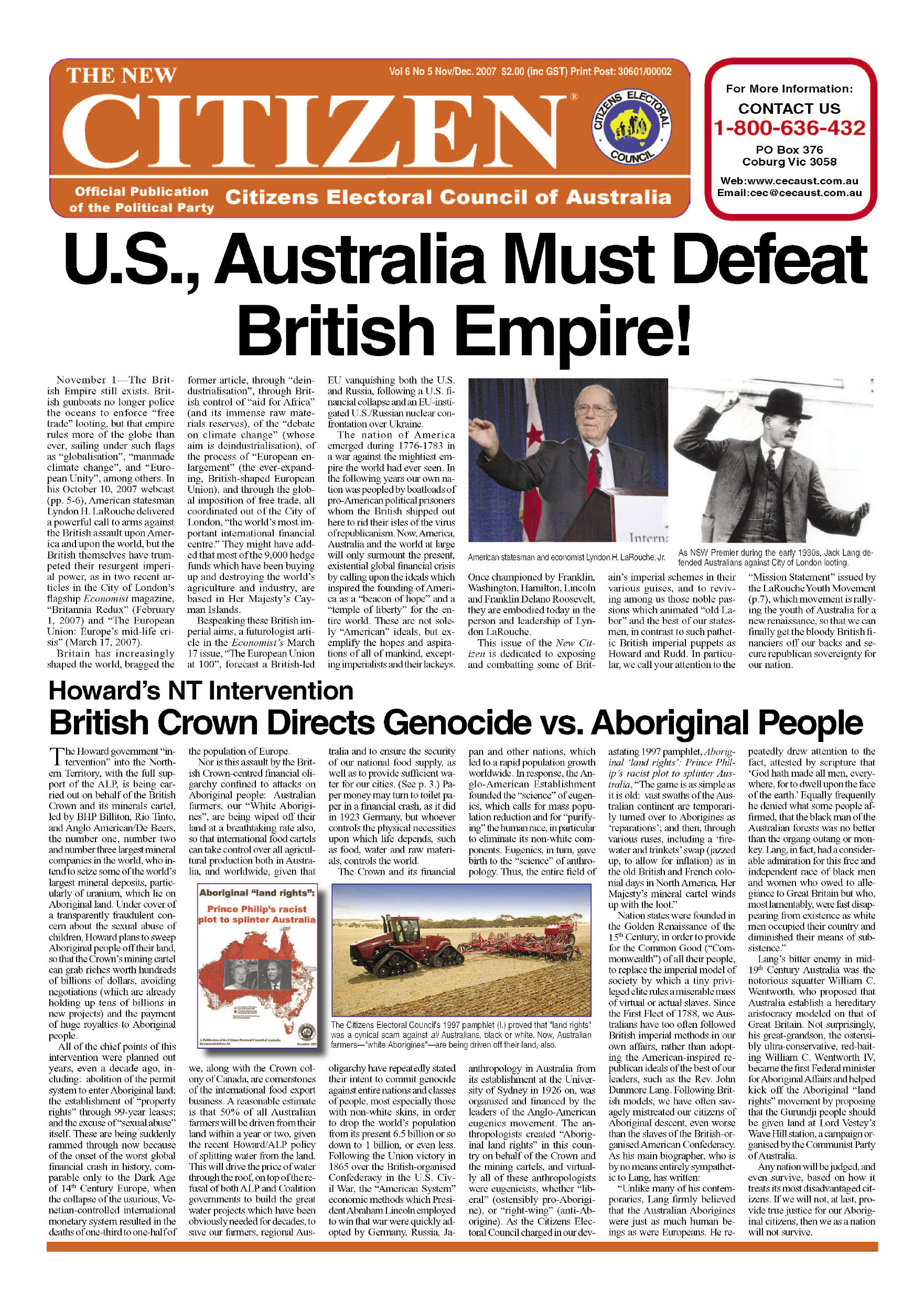 View full size
View full size 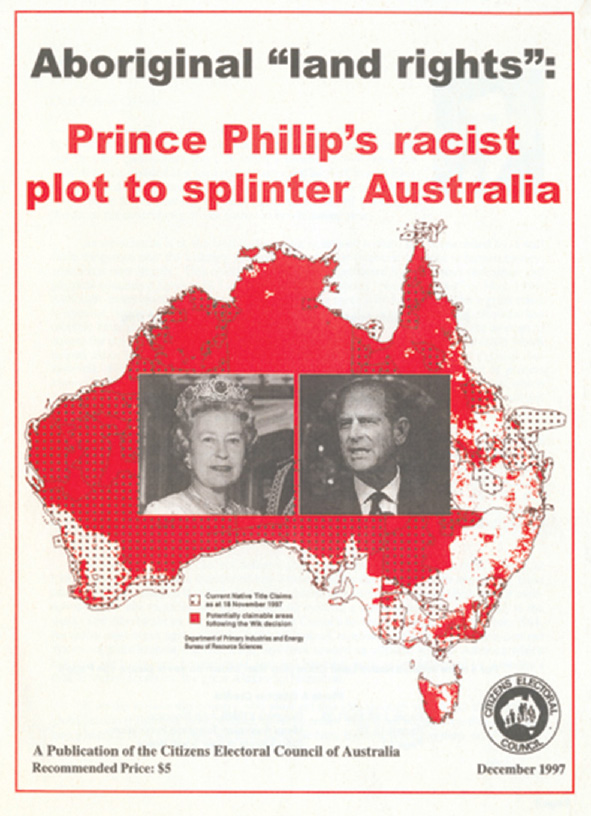 View full size
View full size 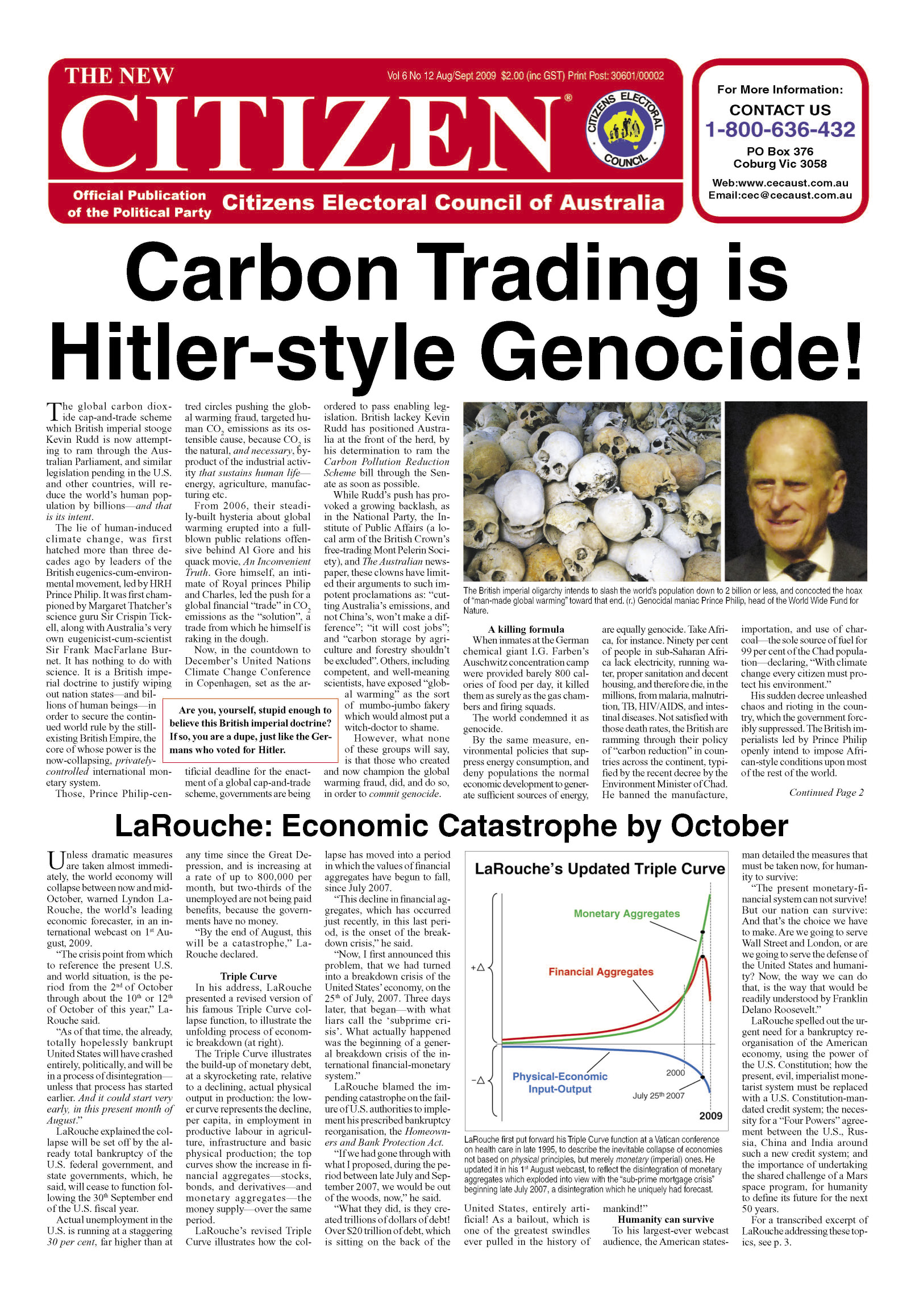 View full size
View full size 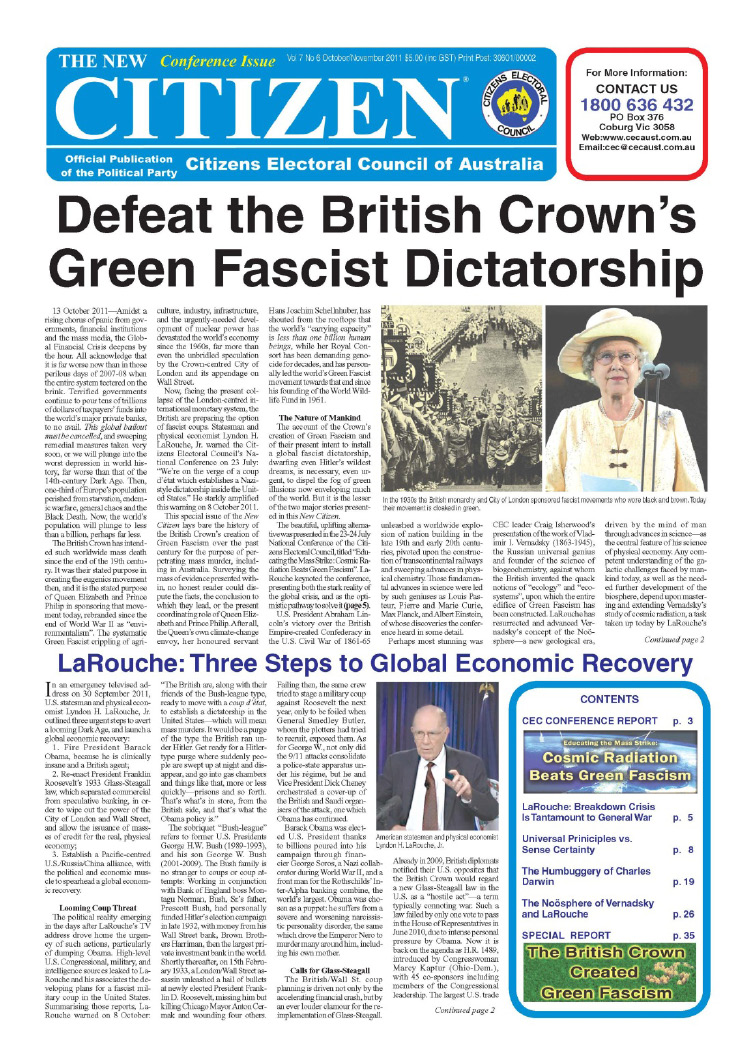 View full size
View full size 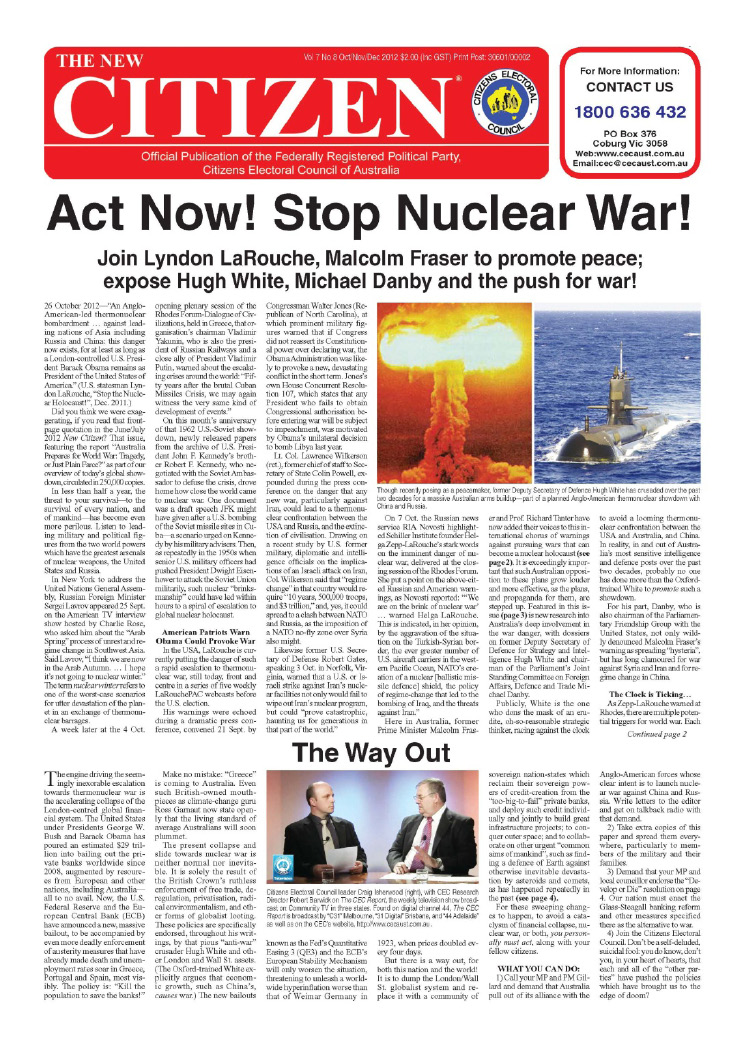 View full size
View full size 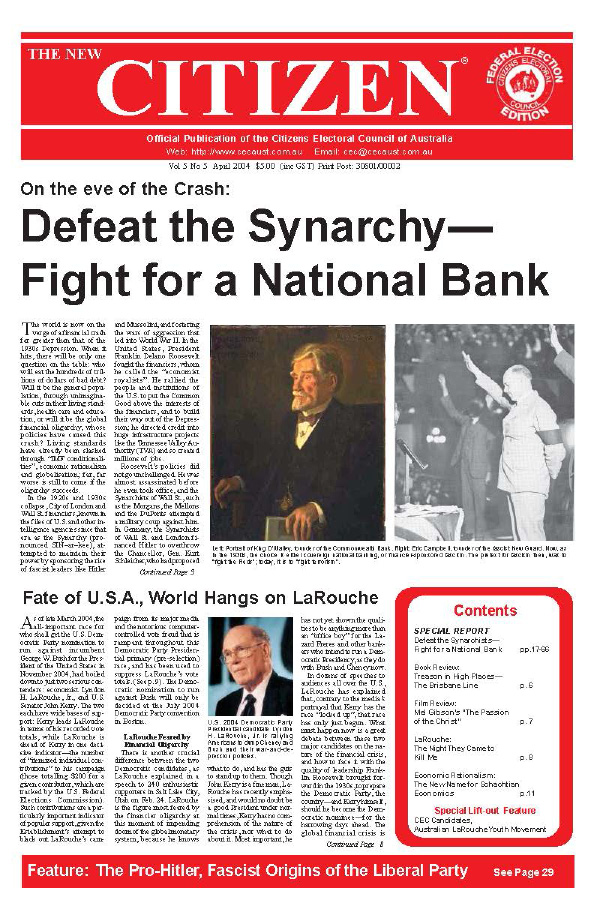 View full size
View full size 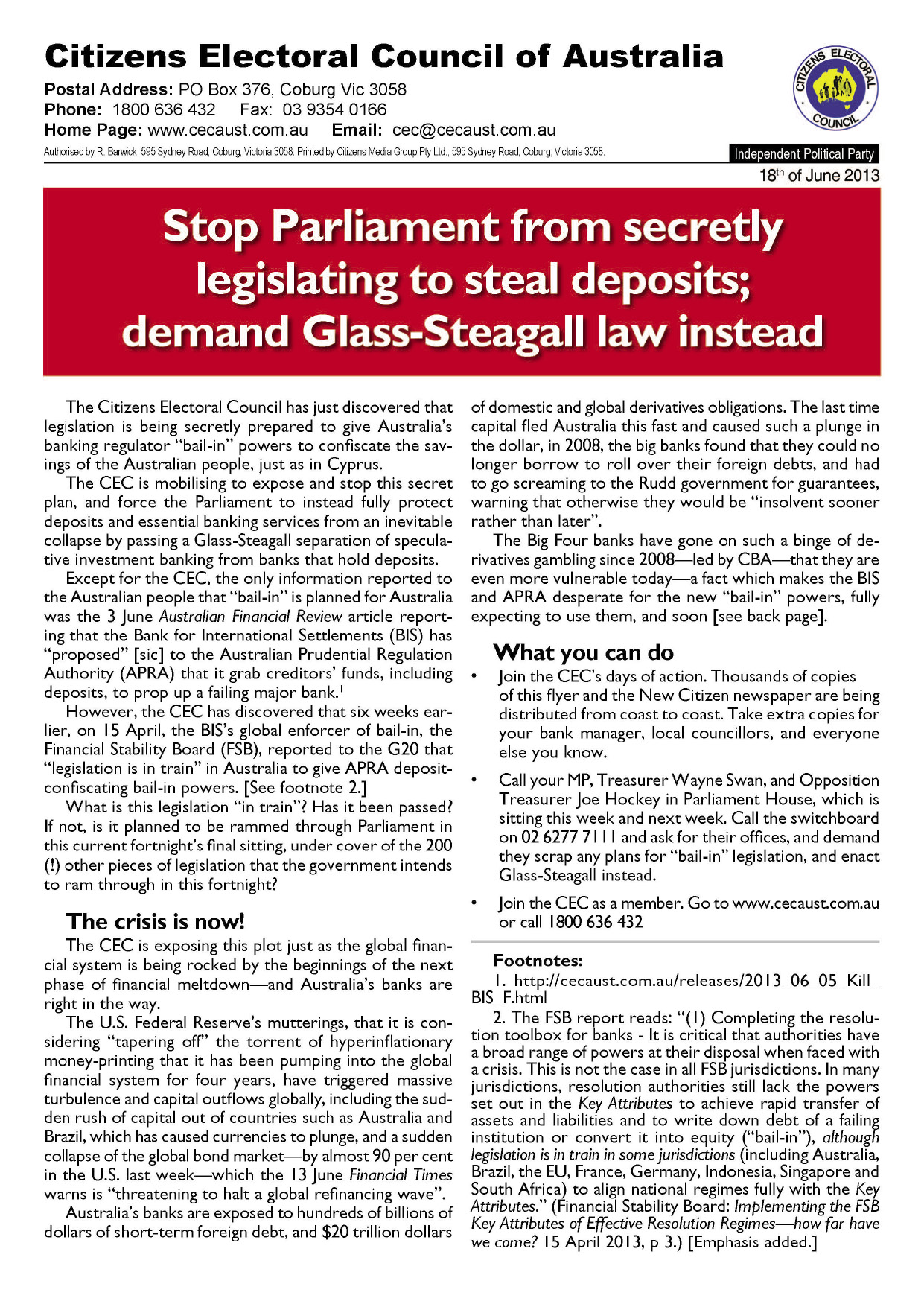 View full size
View full size 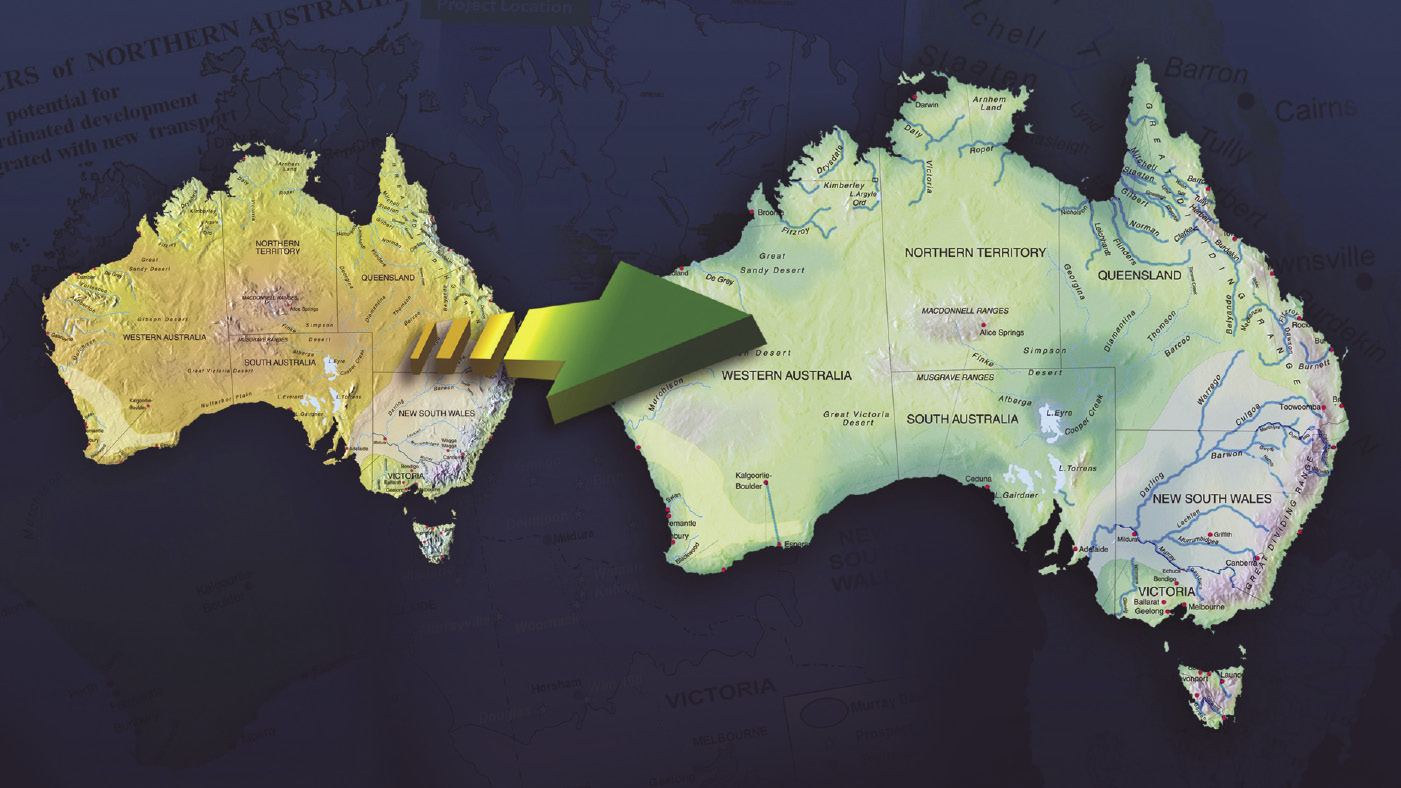 View full size
View full size